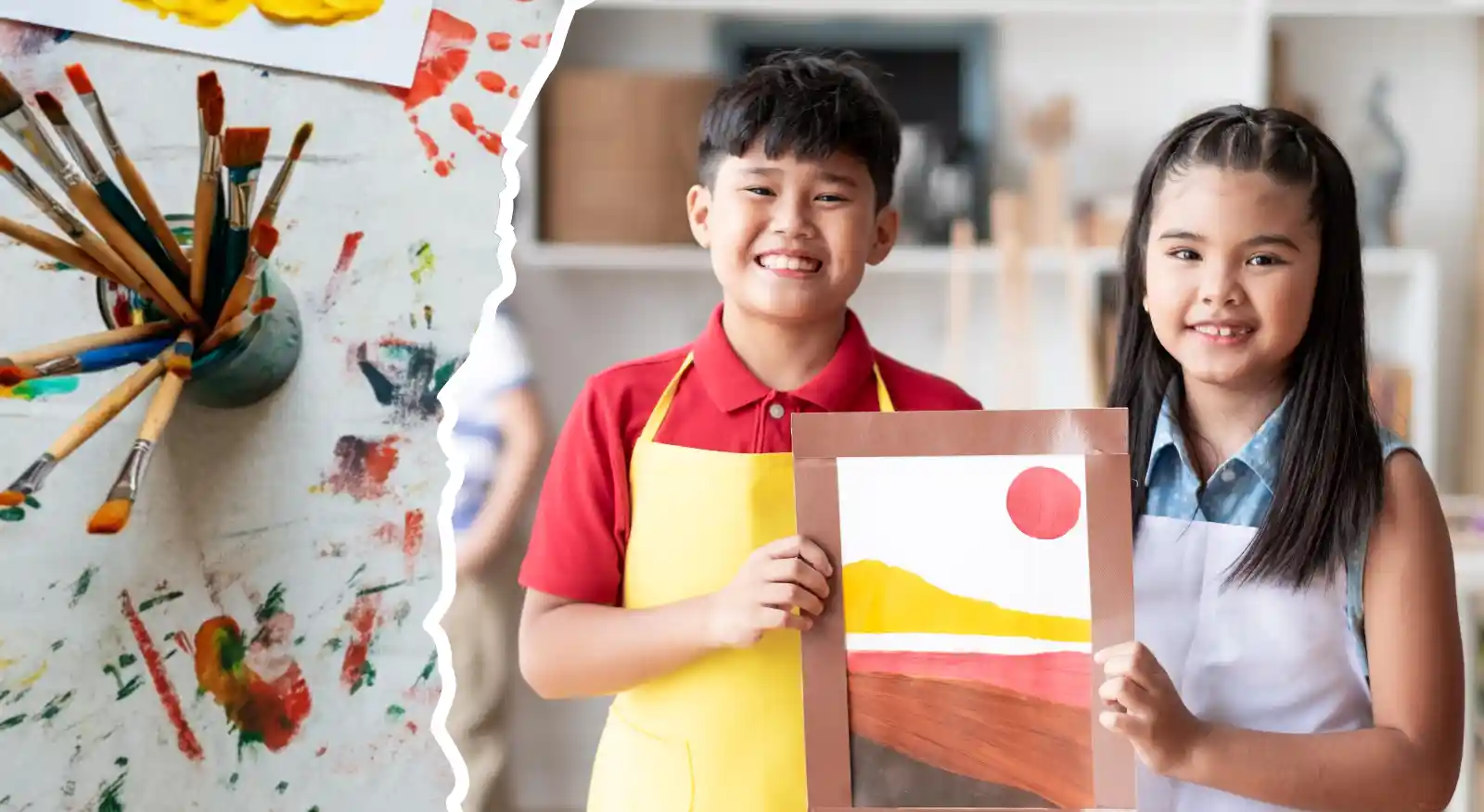
What Makes a Great Art Instructor for Kids and Beginners
Behind every successful art journey is a great instructor. Whether it’s a child picking up a paintbrush for the first time or an adult finally exploring their creative side, the role of an art teacher is crucial. Especially for kids and beginners, the right mentor can spark a lifelong love for art—or turn them away from it altogether.
But what exactly makes an art instructor great? Beyond technical skill, it’s about empathy, patience, and the ability to nurture creativity in a safe and encouraging environment. If you’re looking for an art class in Singapore, here’s what you should look for in an instructor.
1. Patience and Understanding
Beginners, especially children, need time to learn. A great art instructor understands this and doesn’t rush the process. They stay calm when students make mistakes, offer gentle corrections, and celebrate small improvements. Their patience creates a stress-free space where students feel free to explore and try again.
2. Strong Communication Skills
Explaining techniques like shading, perspective, or blending can be complex. A great teacher knows how to break down these concepts in a way that’s easy to understand. With kids, this means using age-appropriate language and lots of visual examples. With adults, it may involve relating art techniques to real-world analogies.
3. Encouraging and Supportive
Beginners often doubt their abilities. The best instructors boost confidence by focusing on effort and creativity rather than perfection. They use positive reinforcement, highlight student progress, and always find something to praise. This approach helps students feel seen and motivated to keep learning.
4. Flexible Teaching Style
Every student is unique. What works for one might not work for another. A great instructor can adapt their teaching style based on a student’s learning pace, personality, and interests. They might offer alternative techniques, suggest new materials, or even change the project entirely to better engage the student.
5. Passion for Art and Teaching
You can always tell when someone loves what they do. Great art instructors have a genuine passion for both art and teaching. Their enthusiasm is contagious—it inspires students and makes classes more enjoyable. They don’t just teach how to draw or paint; they teach students how to love the process of creating.
6. Strong Knowledge of Art Fundamentals
While personality is key, an instructor also needs solid technical skills. They should have a clear understanding of:
- Colour theory
- Composition
- Line work
- Texture and shading
- Different mediums (watercolour, acrylic, clay, etc.)
This knowledge allows them to guide students correctly and introduce them to a wide variety of artistic techniques.
7. Experience with Kids and Beginners
Teaching children or complete beginners is different from teaching experienced artists. Great instructors know how to simplify instructions, manage classroom energy, and keep things fun. For younger kids, they might integrate storytelling, music, or games to hold attention and encourage imagination.
8. Emphasis on Creativity Over Perfection
Rather than focusing solely on the final result, good instructors care more about the process. They encourage exploration, creative thinking, and personal expression. This helps students enjoy art for what it is—a creative outlet—not just something to get “right.”
9. Creates a Safe, Positive Learning Environment
A good art class feels welcoming. Students shouldn’t fear making mistakes or feel judged. A great instructor fosters an environment where questions are encouraged, experimentation is celebrated, and diversity in style is respected.
10. Continuously Learning and Growing
Great instructors are also students themselves. They take time to learn new techniques, attend workshops, and stay updated with art trends. Their passion for growth helps them introduce fresh ideas into their classes and model lifelong learning for their students.
How to Spot a Great Art Instructor in Singapore
When choosing an art class or studio, consider:
- Reviews and testimonials: Check what others are saying online.
- Trial sessions: Join a class before committing.
- Portfolio: View the instructor’s past work and student projects.
- Environment: Visit the studio to see if it’s clean, friendly, and inspiring.
- Engagement: Observe how the instructor interacts with students. Do they listen? Are they encouraging?
Why Art Journey Instructors Stand Out
At Art Journey Singapore, our instructors are carefully selected not just for their artistic talents, but for their passion, patience, and teaching skills. Here’s what makes our team different:
- Experience teaching kids and beginners of all ages
- Friendly, inclusive, and nurturing approach
- Ongoing training and development
- Diverse backgrounds in fine art, design, and creative education
- Focus on fun, creativity, and personal expression
Whether your child is just starting out or you’re an adult exploring a new hobby, our instructors will support you every step of the way.
